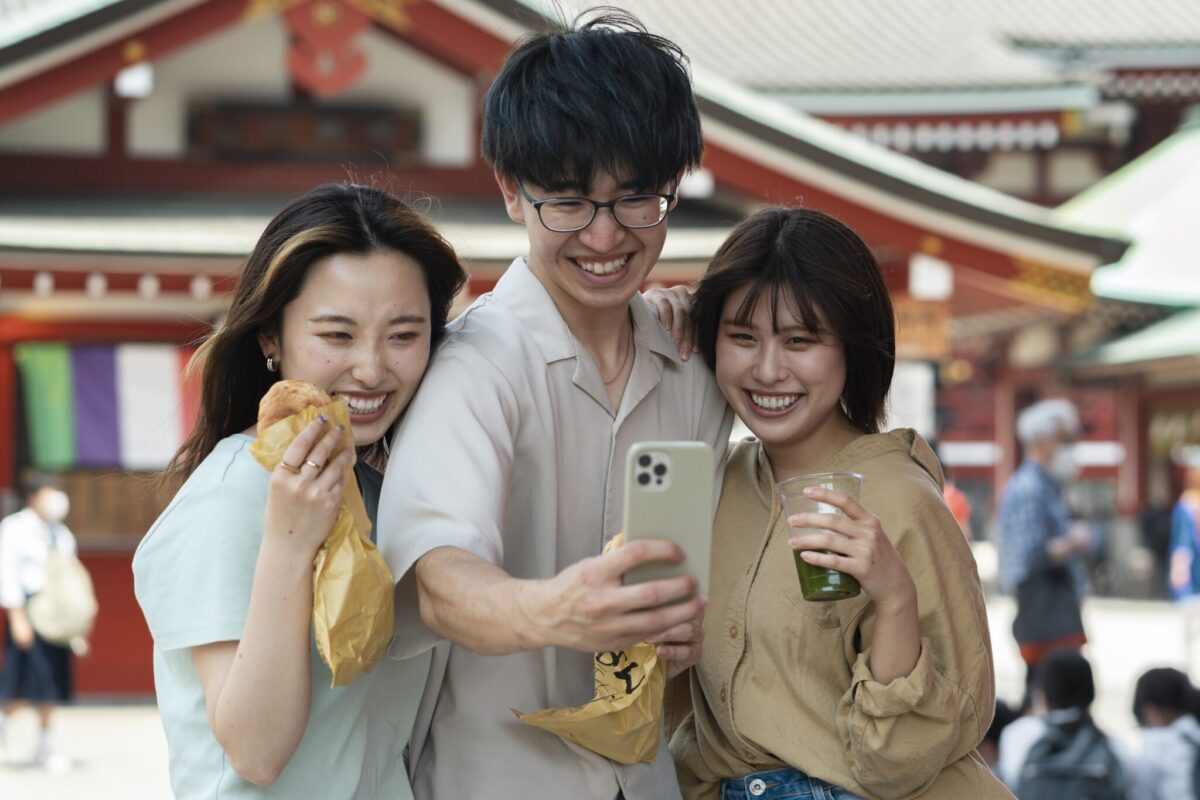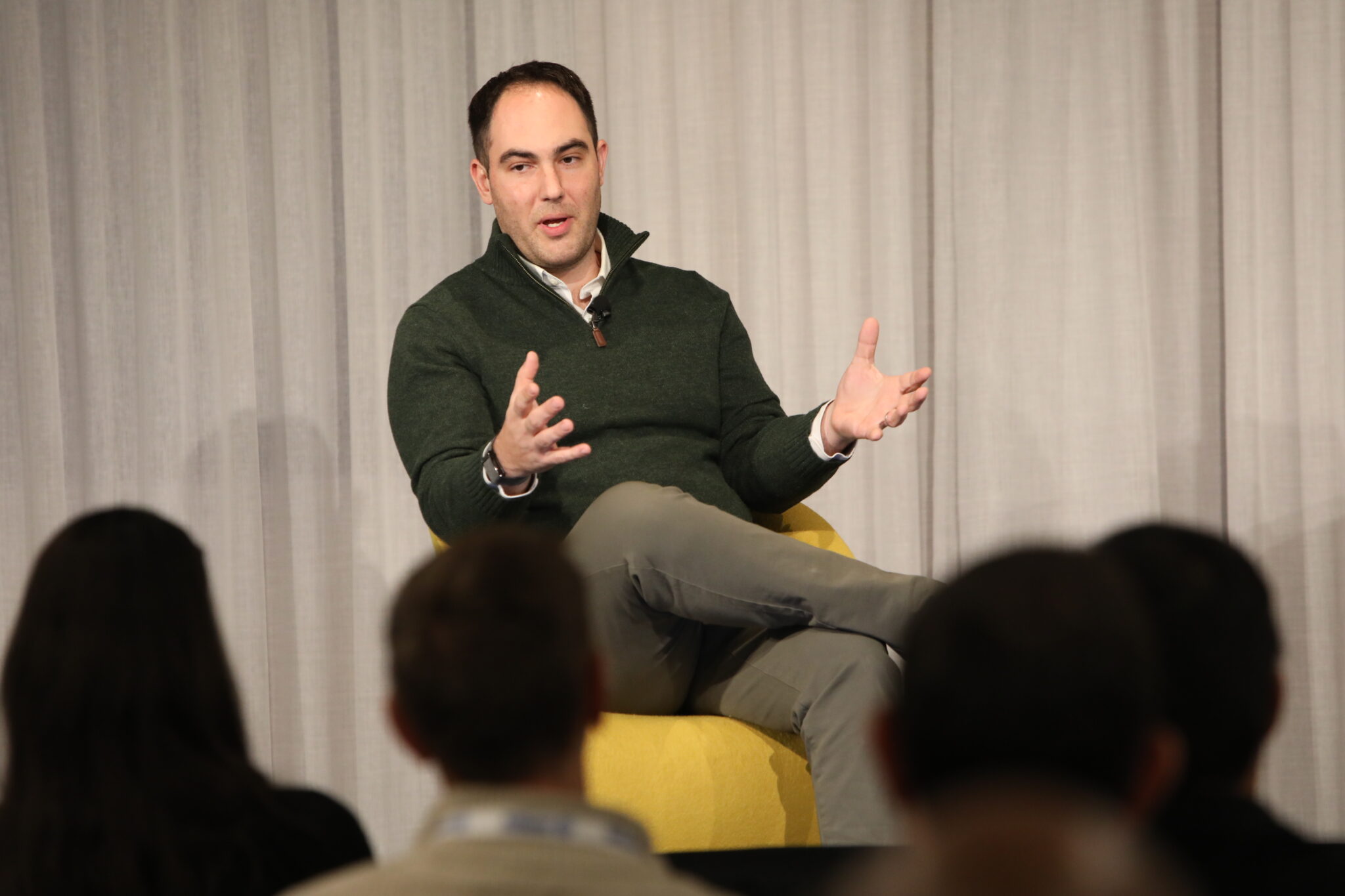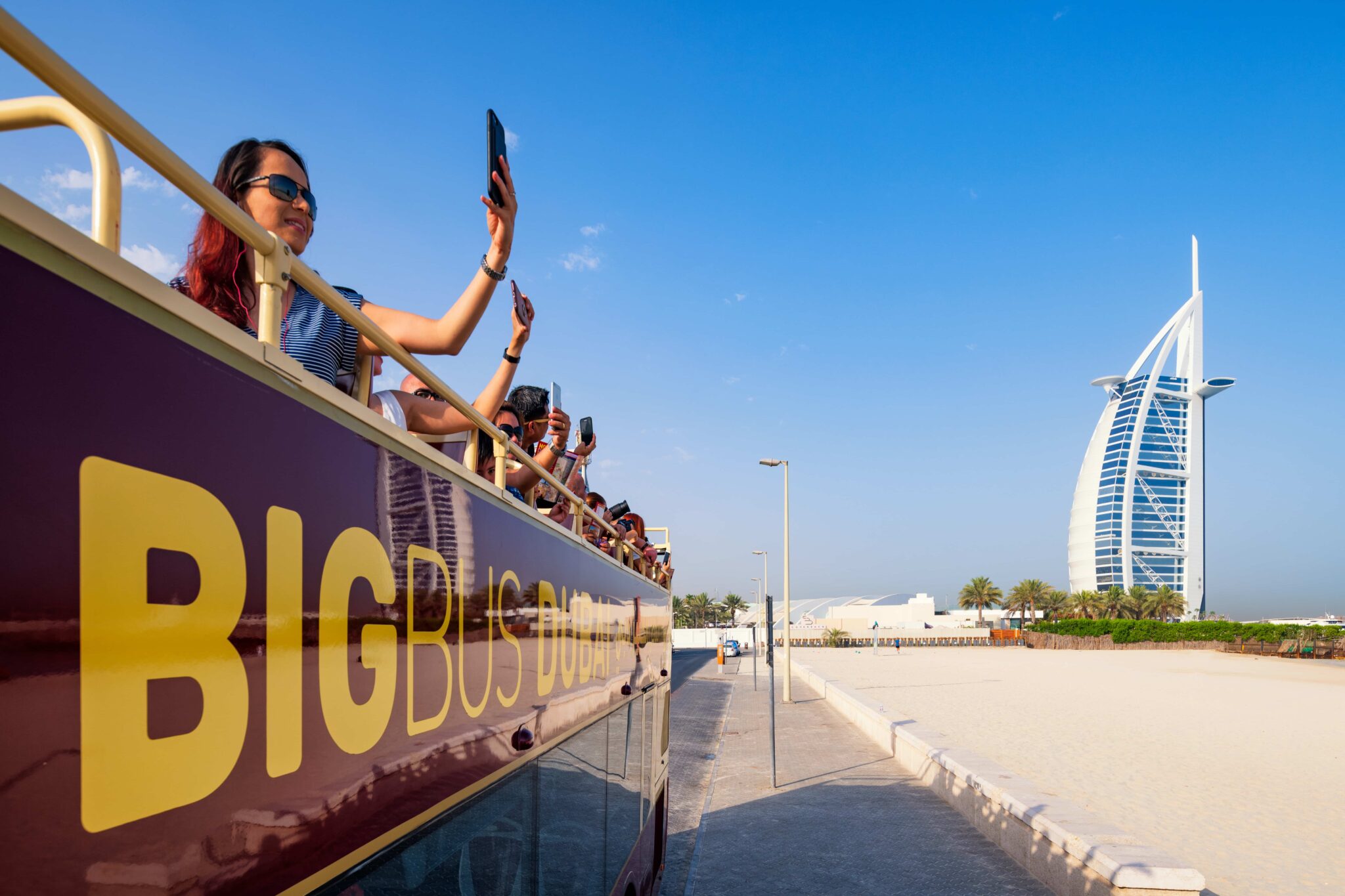Tourism Marketers Enter Wait-and-See Mode to Avoid Tone-Deaf Campaigns

Skift Take
How do you encourage travelers to book a trip to a destination during a pandemic? First of all, you don’t.
As travel restrictions from the virus have spread across the world, fewer and fewer tourism boards and destination marketers have been carrying out their promotional campaigns as usual. That’s probably a good thing.
However, it doesn’t mean that the destination marketing organizations are riding out the coronavirus crisis by doing nothing. The biggest challenge going forward is identifying precisely when it is time to inspire travelers to book trips again — and striking the right tone in the meantime.
Get the Latest on Coronavirus and the Travel Industry on Skift’s Liveblog
“For those of us in the world of destination marketing, we’ve spent our careers honing the craft of encouraging people to connect and engage through travel and right now [is] a sea change for us,” Brad Dean, CEO of Discover Puerto Rico told Skift. “Everything about this runs counter to the DNA of tourism marketers. Having said that, everyone can agree that public health and safety must be job number one.”
Stay the F&*% Home
Even in the absence of active campaigns, there are a variety of techniques to wait out this time. Visit Estonia recently gained attention with a social media campaign on Facebook and Twitter which did something that would be nothing short of anathema in normal times: It actively told people not to visit. Using the provocative (and trending) hashtag #staythefuckhome, the Tweet was the DMO’s most highly-engaged post ever.
Please stay safe and stay home. #travel #estonia #staythefuckhome pic.twitter.com/QPOb3Ty9oh
— Visit Estonia (@visitestonia) March 14, 2020
“We understand that the hashtag we used on Twitter was rather sensitive for an official tourism account,” Shardee Rebas, campaign manager for Visit Estonia, said in an email. “However, as it was trending and it reflected our thoughts perfectly (please *really* stay home) we figured it can be an excellent way to reach likeminded (responsible) people all over the world. Extraordinary times call for extraordinary measures.”
Discover Puerto Rico is still posting from its official social media accounts. But last week, explains Dean, the DMO decided on a “deliberate tonal shift.” Instead of encouraging travelers to book to trip to Puerto Rico right now, the goal is to keep the destination top of mind for future recovery.
“About a week ago we began to shift … out of a responsibility to our visitors but also our local industry,” Dean said. “People are not purchasing or planning [trips] but they’re still dreaming and they can still be inspired. The message is very much intended to keep Puerto Rico top of mind. While travel is not a top priority for us right now — and frankly not possible for most people — we do want to make sure that when we come out of this, Puerto Rico will be there to catch demand.”
Rodrigo Esponda, managing director of Los Cabos Tourism Board, said his group is pausing its marketing activities. Even though Mexico’s more liberal approach to travel restrictions during the crisis means there are still people coming to the destination — bookings have fallen 10 to 20 percent in the short term — the organization is not marketing at this time. Esponda did note that the destination is following all government precautions, including screening arrivals for temperatures at ports of entry.
“Right now we have stopped marketing activities … we need to be sensitive to everything that’s going on around the world,” said Esponda, “We are also working on evaluating when would be the right time to relaunch the destination. Whenever that happens, when the situation gets more stable, we need to be ready.”
Keep the Dream Alive
So how can a destination marketer figure out when is the right time? One strategy is the use of social media sentiment analysis. Sparkloft Media is a a social media agency that’s focused on the travel industry. Working with about 30 destinations, it offers in-depth reports on sentiment around travel to a particular destination, and has been monitoring the general sentiment around travel and coronavirus since January.
In its most recent report, published this week, the firm analyzed more than 120 million social media posts about coronavirus posted between the beginning of the year and March 8. Of those posts, 8 percent were related to the travel and tourism industry.
Insights from the report included the fact that “flexible cancelation policies and travel deals are getting people to book travel or consider travel,” and that “age groups in the U.S. are reacting differently to canceling travel.”
Sparkloft’s CEO Martin Stoll told Skift that DMOs can use this information as it’s updated in real time to drive their decision making around social media strategies, general communications, and public relations, and to ensure the message doesn’t feel tone deaf. Stoll believes the even though global travel largely is in lockdown due to the virus, there is still an opportunity for DMOs to post the kind of inspirational content that gets people excited about travel — even if it means they can’t book it right now.
“Destination marketing is often inspirational, and in difficult times it can be a hope. [But] how do you do that successfully?” Stoll said. “At the moment we call this ‘keeping the dream alive.’ Because we all need to think about what’s coming after this, otherwise we will go completely crazy. DMOs play an important role in this, not only for their own sake, but for all of our sake in terms of mental health.”
https://twitter.com/discover_PR/status/1239990091902332930
The Twitter feed of Discover Puerto Rico offers some subtle examples of this. A tweet from the group included language around daydreaming for your next trip, rather than planning one today.
Timing one’s marketing to coincide with recovery will also massively depend on the destination and its source markets. Rebas of Estonia told Skift “as most tourism boards probably do, we will focus highly on domestic tourism in near future. Then step by step, we will prepare co-campaigns with the industry so we’d be ready to go live as soon as it’s safe to do so. We will definitely test different inspirational online content in our closer markets and see the response on these.”
Stoll said the firm is monitoring “intent to travel,” meaning specifically looking at when a destination may bounce back, which he said will depend on a range of different locally-informed factors.
“When is the date right to go back to marketing? It is greatly going to depend [on the destination]” Stoll said. “What are people coming to do in your destination? Where are they coming from, is it a drive market or fly market? Are they going to be outside in a national park, or are they going because you have a lot of shows and concerts like Las Vegas, for example.”
Dean says he has a modest amount of optimism that the unprecedented shut down in travel will do part of the tourism marketers’ job for them: Show the world how important travel is. “You can only binge on Netflix and order things on Amazon so many times.” He is hoping to see a rebound with considerable pent-up demand.
“What comes from this?” Dean said. “Is this merely a historical note that causes a temporary economic disruption? Or will we look back on this and recognize that certain elements of travel will have to change. Destination marketers have to be mindful of that but we don’t have to panic or overreact.”
Disclosure: Skift founder and CEO Rafat Ali serves on the 25-member advisory board to Destination Puerto Rico, as part of Skift Foundation‘s commitment to helping Puerto Rico in its tourism recovery.




